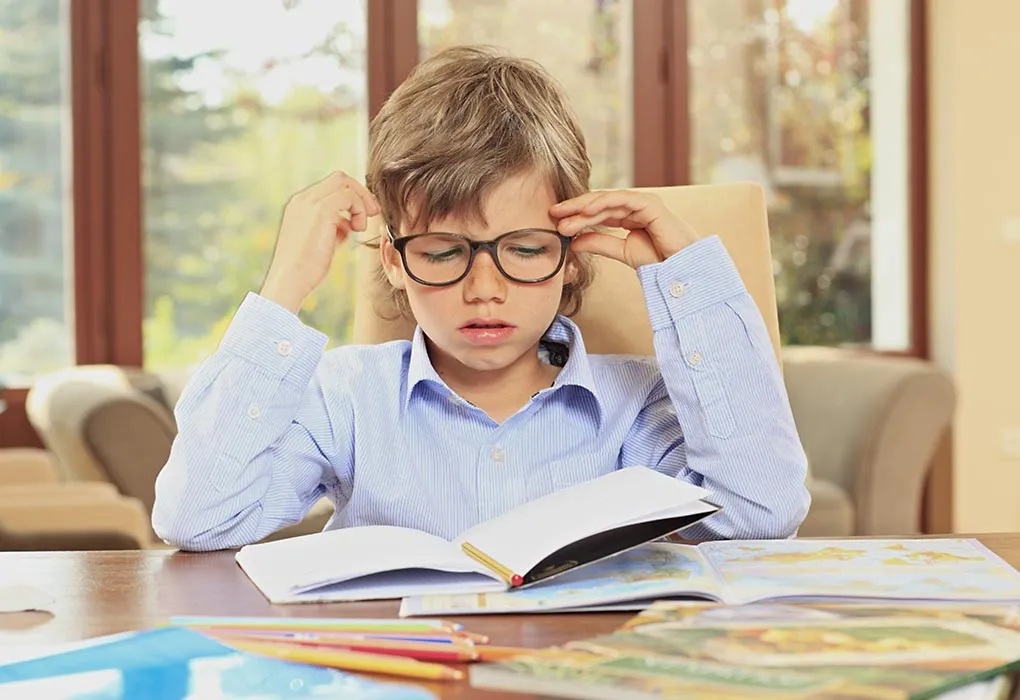According to experts like Best Eye Specialist in Karachi, children go through many changes in visual development from birth till teenage. Parents should anticipate these developmental changes and help protect their child’s eyesight through a number of proactive measures. Read on to know more about improving eye health in children:
Avoid injury/infectioninvolving the eyes
Children should be taught at a young age to not touch their face and eyes, as this can spread bacteria from the hands to the eyes. Children should wear protective eye gear, especially when playing outdoors to save their eyes from ultraviolet rays, and also to protect from injury.
For children using contact lens, proper lens care should be taught to them to prevent the incidence of infections.
Exercising regularly
Physical play helps to keep children active and healthy. Children should be encouraged to exercise and be physically active, for instance, with outdoor play. This helps to boost blood flow and nourishment to the body, including the head and the eyes, thereby improving eye health in children.
Boosting visual engagement
Visual engagement in toddlers and infants can help the child focus better on objects and give them wider field of vision. In addition, playing games requiring visual focus with infants and toddlers, improves their hand-eye coordination. Examples of such games include: peekaboo and catch. Babies can also be engaged through bright colored toys, and high-contrast patterns.
Additional activities recommended by American Optometric Association (AOA) are:
- Peekaboo up to five months of age
- Reading to the child starting at six months
- Playing hide-and-seek
- Rolling ball
- Playing catch
- Outdoor play
- Climbing
- Running
- Cycling
Using appropriate eyewear
Pediatric eye injuries can be prevented, in up to 90 percent of cases, with the use of right eye gear. Children should be equipped with protective eye gear made of polycarbonate lenses, particularly when playing outdoors. Be sure to use lenses that are shatter-proof, and tested by American society of Testing and materials (ASTM)for durability.
Healthy food
Intake of foods rich in omega-3 fatty acids, vitamins A & E, zeaxanthin, lutein, vitamin C, zinc are helpful in improving visual health in children. These nutrients are helpful in:
- Keeping free radicals away from the eyes
- keeping the retina healthy
- preventing macular degeneration with age
- keeping cataract at bay (in older age)
- preventing night blindness
- improving ocular strength
- increasing resistance to eye infections
- remedying myopia
- improving health of retinal photoreceptors
Healthcare experts for this reason, recommendintake of green leafy vegetables, fruits, nuts, whole grains and fish for better eye health.
Limiting screen time
Continuous screen use is associated with digital eye strain, which is a condition causing dryness of eyes, headaches, irritation in eyes and blurred vision. As learning has become digitally-oriented, screen use has increased at an early age. Screen use involves the lookingatphones, computers and tablets for any purpose.
Children should, therefore, be taught to follow the 20-20-20 rule, i.e. looking up from the screen every 20 minutes,for at least 20 seconds, to focus at something 20 feet away. In addition, children should be taught the correct neck posture for screen use, and encouraged to keep a distance of 18 to 24 inches between the device and the eyes. Parents should also ensure that children do not use the screen excessively.
Routine eye exams
Regular check-ups with the eye doctor can help timely diagnose vision problems like myopia (near sightedness), hyperopia (far sightedness) and amblyopia (lazy eye). Once these conditions are diagnosed, your eye doctor can help devise the best course of action for treatment and management.
Looking for warning signs
Parents should look for visual warning signs and seek help of Eye Specialist in Rawalpindiif need be. These warning signs include:
- Eye rubbing
- Difficulty in seeing distant objects
- Head tilting
- Rubbing of eyes
- Inability to read at distance
- Holding objects close to the head
- Light sensitivity
- Poor coordination between hands and eyes




